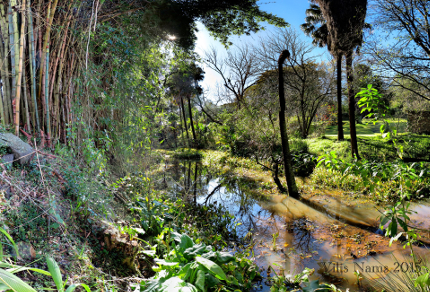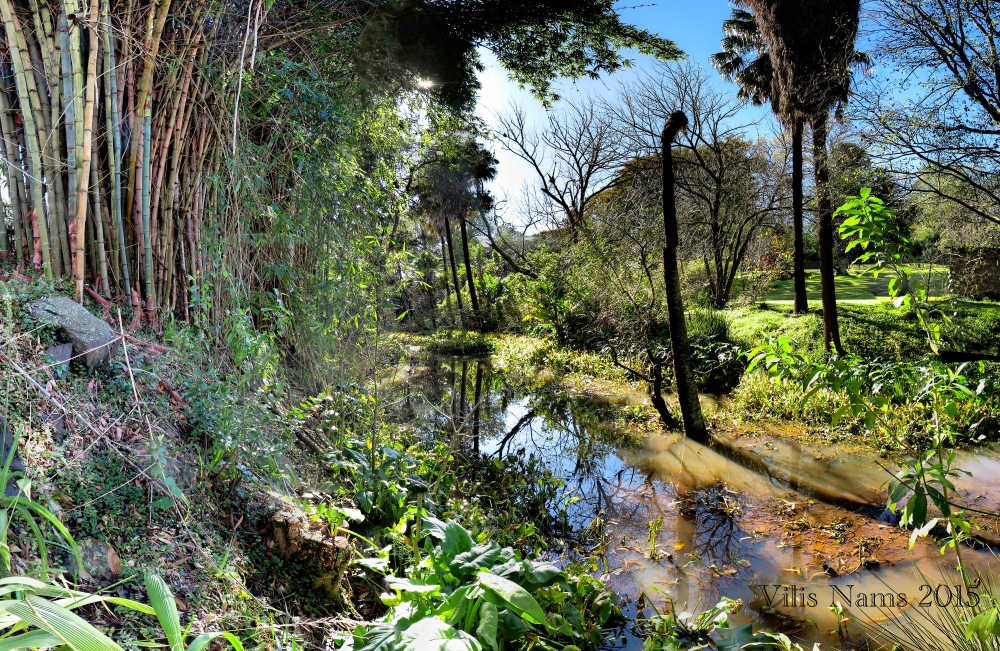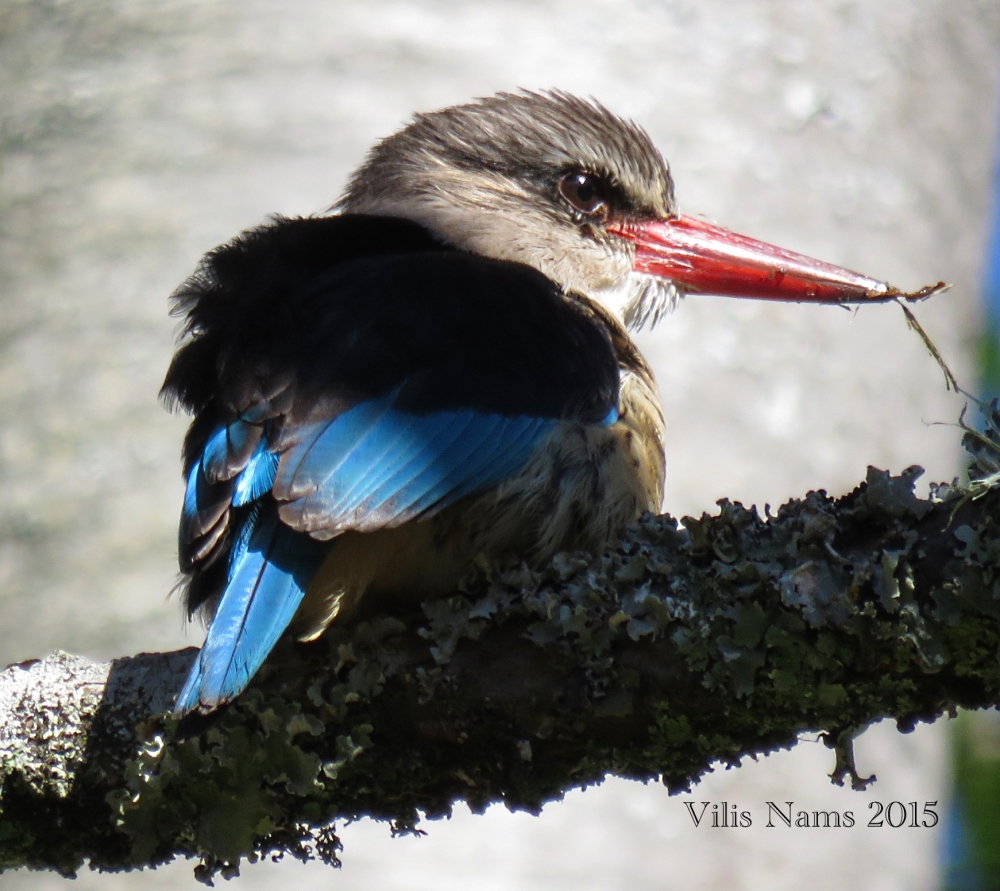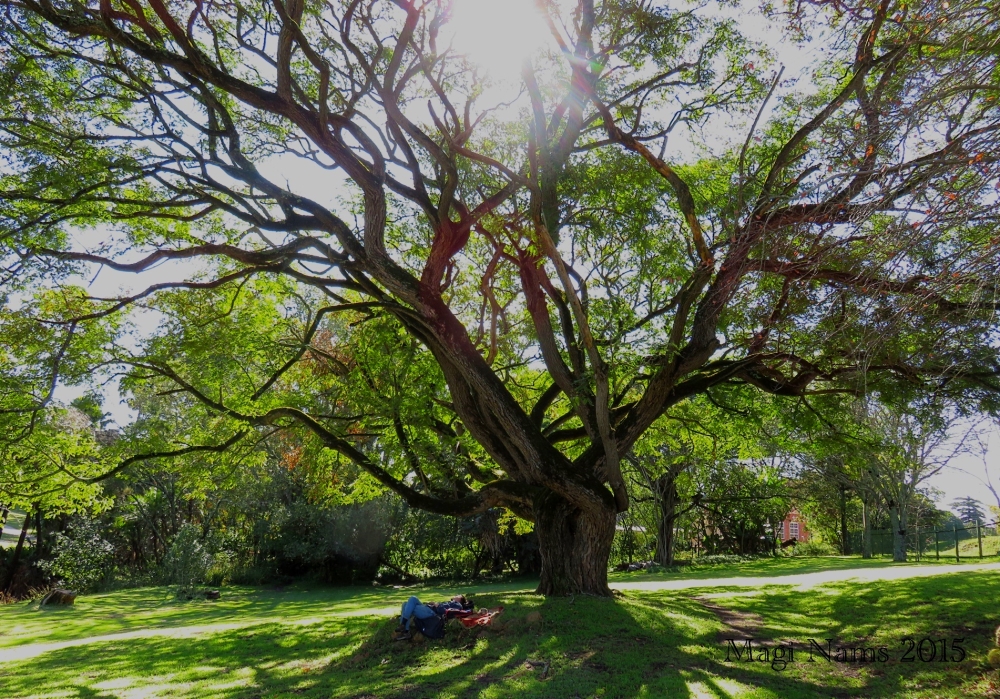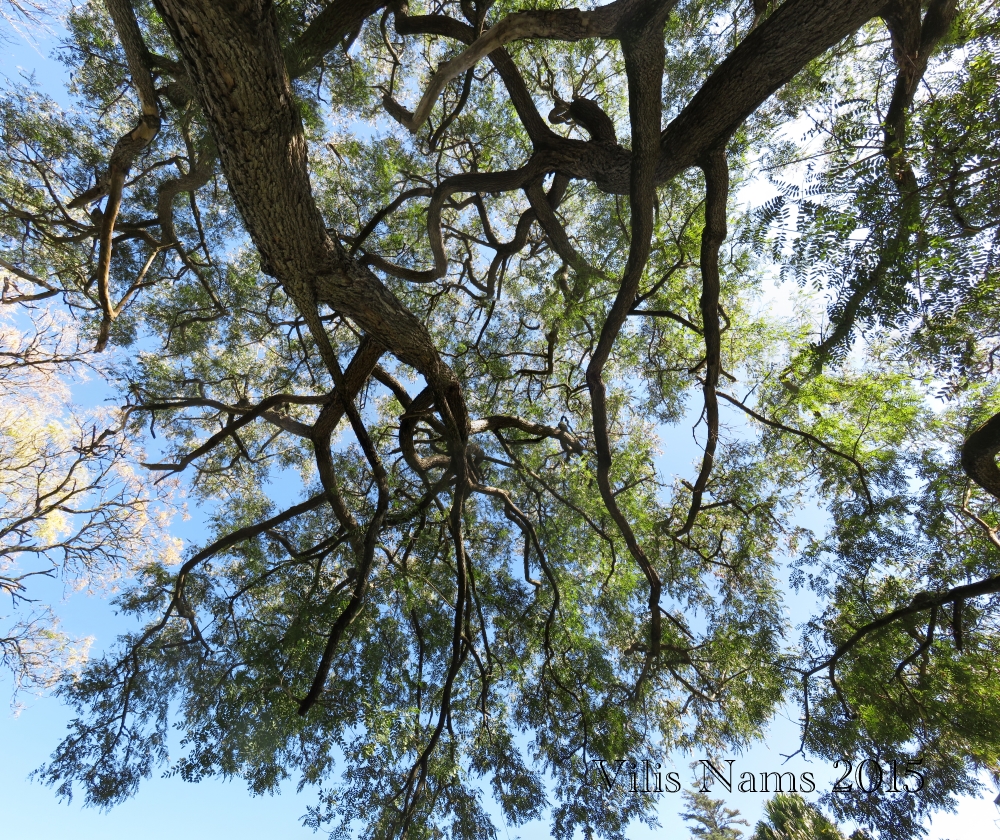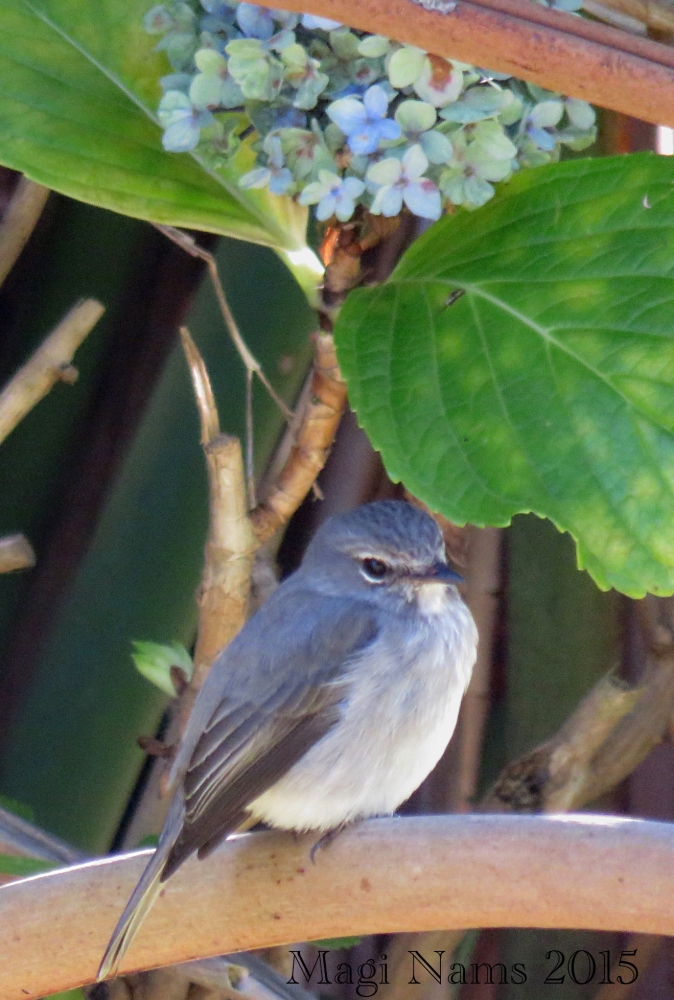The varied habitats and plantings in Makana Botanical Gardens, Grahamstown, are a magnet for birds, human lovers of green spaces and for rock dassies that sun themselves on exposed rock ledges.
As a birder, I’ve learned that botanical gardens, with their diverse plantings of trees, shrubs, flowers and groundcovers, are great places to see a variety of birds. Makana Botanical Gardens, Grahamstown, is no exception. During the past month, I’ve taken brief birding walks in “Bots,”and on Sunday, July 19, Vilis and I spent four hours exploring the gardens in the middle of the Eastern Cape winter. (Tap on photos to enlarge.)
Founded in 1853, Makana Botanical Gardens are the second oldest botanical gardens in South Africa. They feature native vegetation, exotic plantings and fruit trees. The gardens adjoin Rhodes University and are operated by the university. They provide a popular venue for runners, dog-walkers, birders and individuals or families wanting to soak up some sun on a bright winter day.
Sunday was such a day, and Vilis and I made the most of it. We explored nearly every path in the gardens, which extend to the base of the 1820 Settlers National Monument reserve.
While looking for birds, I spotted a furry brown critter basking on a tree branch. It turned out to be a rock dassie (hyrax), and we saw many more rock dassies sunning on rock ledges.
We climbed onto the ledges for a view out over the city and also hiked trails that wrap around Gunfire Hill. Fragrant heathers were in full bloom, attracting insects. Sunbirds foraged for flower nectar in shrubs and trees. Flycatchers and other insectivorous birds hawked for insects in the air and swooped to the ground to collect prey. We picnicked in the shade of a magnificent tree, wandered more trails and then headed back to our apartment on campus, replete with plants, birds and the welcoming sunshine of Makana Botanical Gardens, Grahamstown.
Today’s bird sightings: Hadeda ibises, European starlings, red-eyed dove, African hoopoe, *lesser honeyguide, speckled pigeons, dark-capped bulbuls, yellow-billed egrets, Cape weavers, common fiscal, Cape wagtail, laughing doves, amethyst sunbirds, black-headed orioles, Cape white-eyes, olive thrush, brown-hooded kingfisher, southern boubou, jackal buzzard, Knysna turacos, village weavers, speckled mousebirds, greater double-collared sunbird, *African dusky flycatcher.

